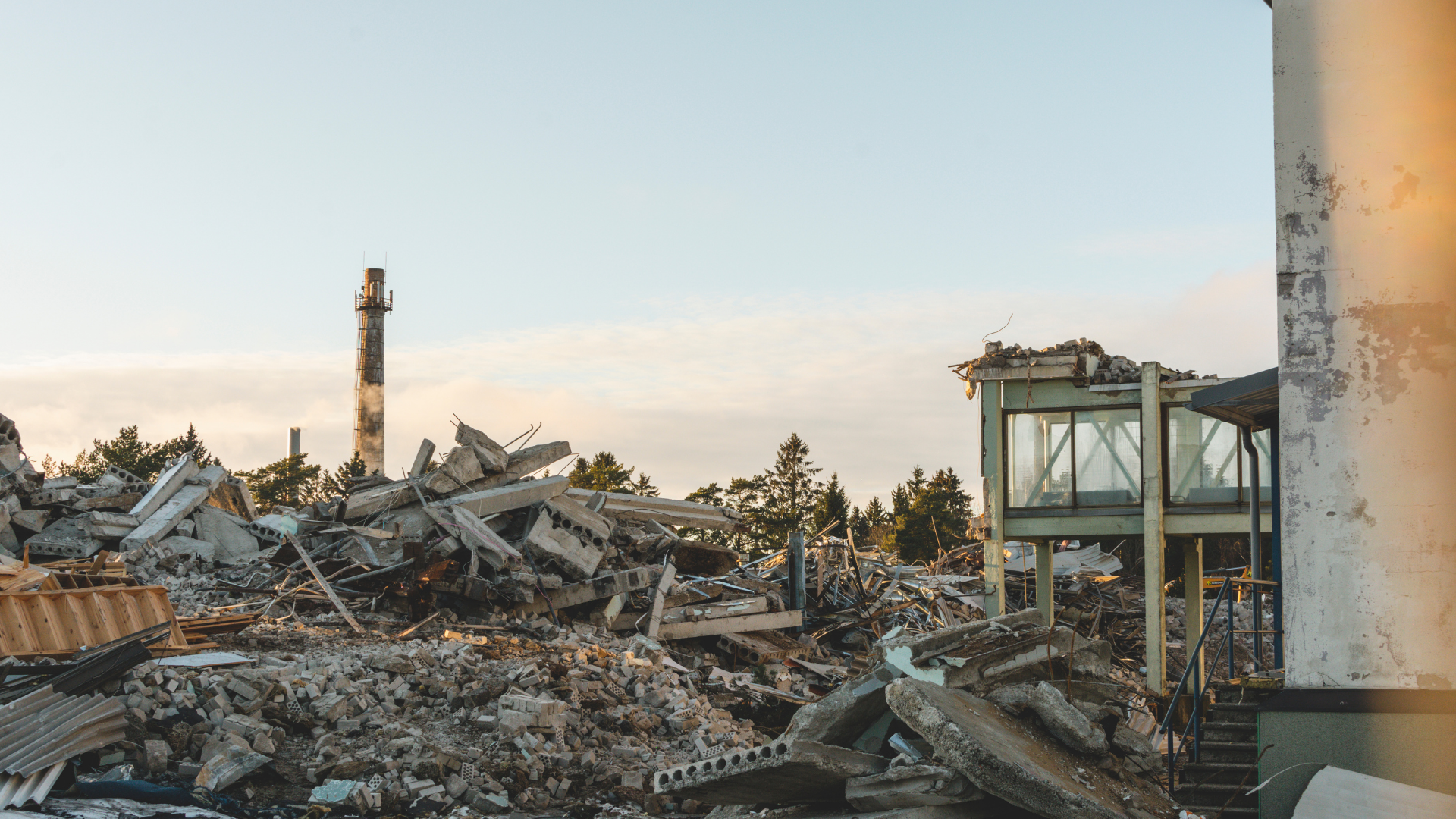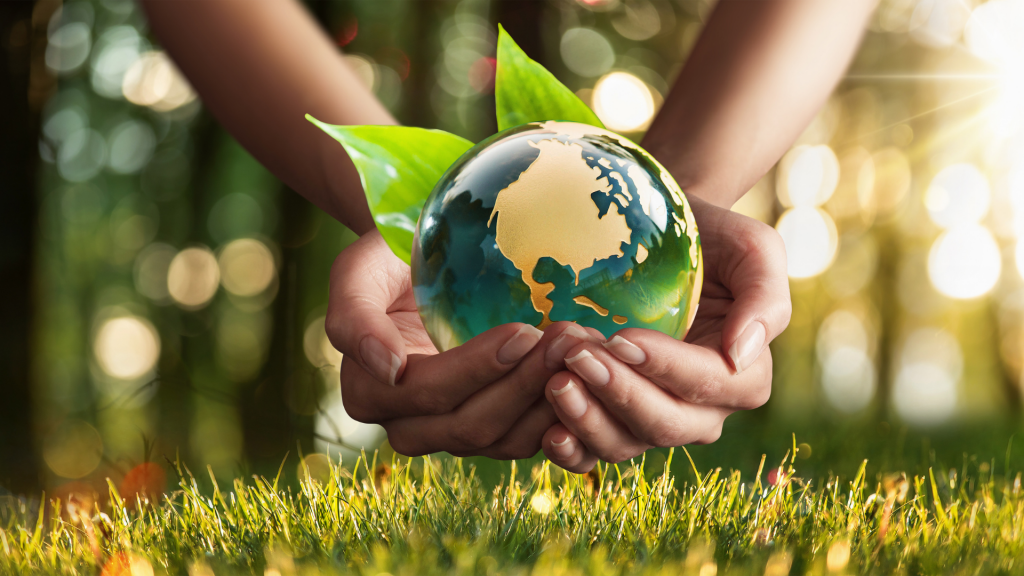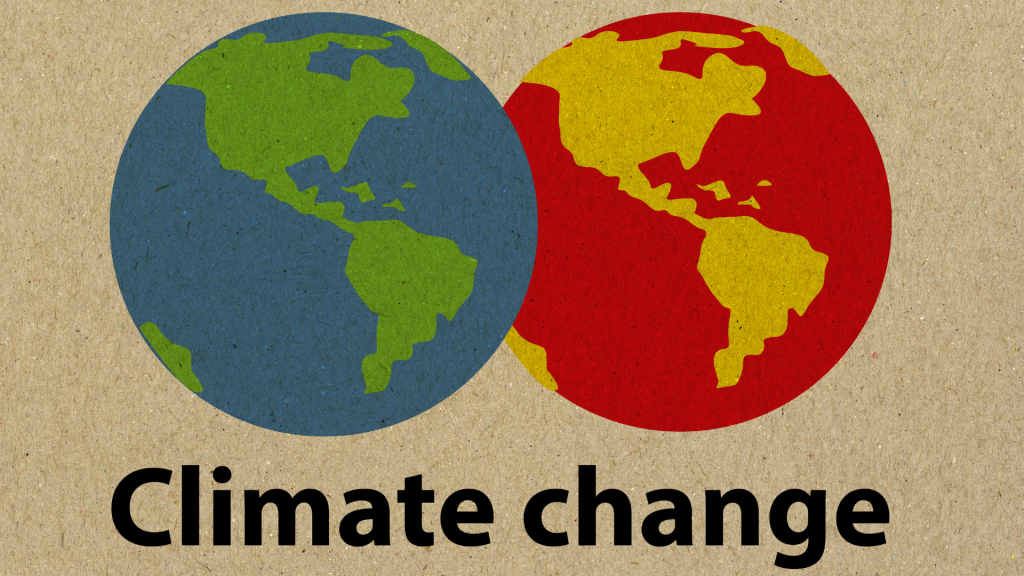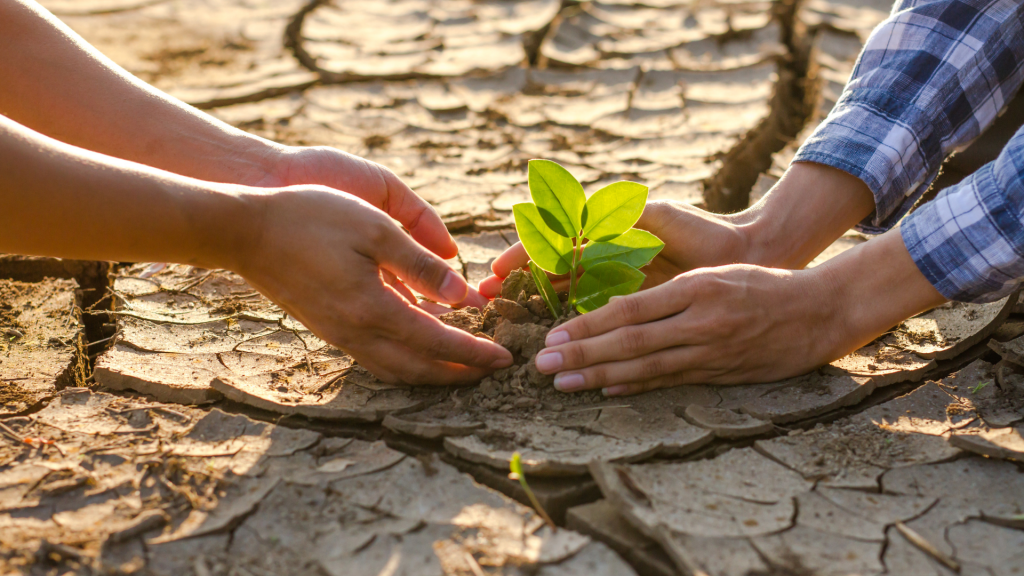Earthquakes don’t always kill people, and they don’t always kill buildings, either. Some people will tell you that they can predict where earthquakes will happen with 100% accuracy, while others will tell you that they can’t control the Earth in any way at all. But, regardless of all that, earthquakes still occur – and when they do, they do so at incredible speeds.
If you take a look at the surface of Earth, you will see that the rock that makes up the planet is not flat but has a number of different types of “features.” For example, you will see mountains, valleys, rivers, and other natural features that make the land look different. You should also see many landmarks such as the Pyramids and the Grand Canyon.
Where Do Earthquakes Happen?
All the time, earthquakes happen, but most of us don’t know what causes them. Earthquakes are a natural and predictable phenomenon, but since they can be traumatic, they are usually preceded by warning signs. Usually, they happen in areas where there are active faulting or fault slips or where the ocean floor has shifted because of plate tectonic movement, especially where a plate is moving away from the continent and into an area where the crust is already moving apart.
Earthquakes are a natural part of the earth’s crust. The plates (large pieces of Earth’s crust that float on the planet’s molten core) move and shift, causing earthquakes and volcanoes. Earthquakes don’t always happen, though. An earthquake occurs when two plates move against each other and cause a shockwave when they contact. The speed of the plates determines how intense the earthquake is.
Earthquakes Can Occur Along Intraplate Faults
Intraplate earthquakes, also known as subduction or collision earthquakes, are a type of earthquake that occurs when two tectonic plates collide, forcing one another downward. They are frequent in the Pacific Ocean and are related to the tectonics of the Juan de Fuca, Cocos, and Nazca plates. These earthquakes can be felt in the same region as the Deccan Traps and are responsible for tsunamis in the Indian and Pacific oceans.
There are some peculiar and scary causes of earthquakes: volcanoes exploding and the moon hitting the earth (that’s a big deal). The most common cause is the earth’s plates sliding past each other: these are usually responsible for the smaller, more terrifying tremors you feel every once in a while, such as when the San Andreas fault slips.
Types of Faults:
Earthquakes happen all the time, and there are many different types of faults. Most fault zones are in the crust and are caused by forces between crustal plates. Some faults are caused by sedimentary materials being squeezed together, while others are caused by water moving through the crust.
Normal Fault
A normal fault in the Earth’s crust has stopped moving since the last major earthquake. Fault lines are caused by the same kind of movement that causes earthquakes: a mass of rock pushing up on another mass of rock. Sometimes, one of the rock masses is so massive that it pushes the other mass out of the way, causing movement.
Reverse Fault
The idea of a reverse fault is not a new one. Geophysicists have been studying them for over a century, but it’s only recently that they’ve been able to conduct high-precision studies that have a chance of being useful. In this piece, I’ll describe a recent study that provides a new perspective on how reverse faults might form, how they might deform the ground below them, and how they may be related to earthquakes.
Strike-slip Faults
Earthquakes happen when areas of the earth’s crust that stretch between the Earth’s surface and its core suddenly slide past each other with enough force to shake the ground or cause the ground to shift. These areas are called “slip faults.”
Earthquakes are a natural and common occurrence, but their occurrence is still poorly understood. This lack of understanding stems from the fact that the formation of an earthquake is a complex process involving many different factors. What causes quakes? How often do they occur? What triggers them? And, how do they affect people? These are some of the most controversial questions in earthquake science, and they’re also some of the hardest to answer.



